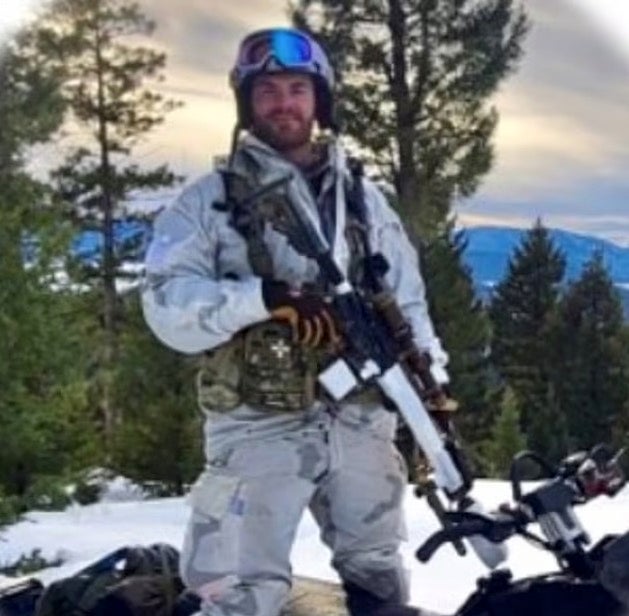Role of US servicemen in acts of extremist violence under scrutiny
Share:
Active duty servicemen and veterans statistically most likely demographic to be ‘mass casualty offender’. After the two men who carried out stateside terror attacks on New Year’s Day were revealed as veterans of the war on terror, public scrutiny about the role of American servicemen in such incidents came into focus.
The New Orleans attacker, Shamsud-Din Jabbar, 42, was a 13-year veteran of the US army, while the Las Vegas suicide bomber was an active-duty Green Beret. Since, media and academia have rightfully pointed out the correlations between active duty and former servicemen in acts of extremist violence: they are statistically the most likely demographic to be a “mass casualty offender”. A no more obvious example is the January 6 attacks in 2021, which saw at least 230 people with US military backgrounds storm the Capitol.
While there are countless historical cases of veterans or American soldiers perpetrating domestic terrorism on behalf of far right organizations like the Ku Klux Klan, a growing number also involves jihadist groups. “Whether it is white supremacists or Islamic extremists, they have got to do a better job of rooting these folks out,” said Heidi Beirich, co-founder of the Global Project Against Hate and Extremism (GPAHE), on the Pentagon’s lack of a plan for tackling extremism in the ranks, writ large.
“They threaten national security and public safety, and dealing with this issue should be at the top of everyone’s list.”. Jabbar, for example, had served in Afghanistan. Despite that service in a conflict born out of dismantling al-Qaida, Jabbar pledged his terrorist attack to the Islamic State, its offshoot, which promptly claimed to have inspired his actions. The former army soldier also brought the black flag of IS to his car-rampage on Bourbon Street.






















